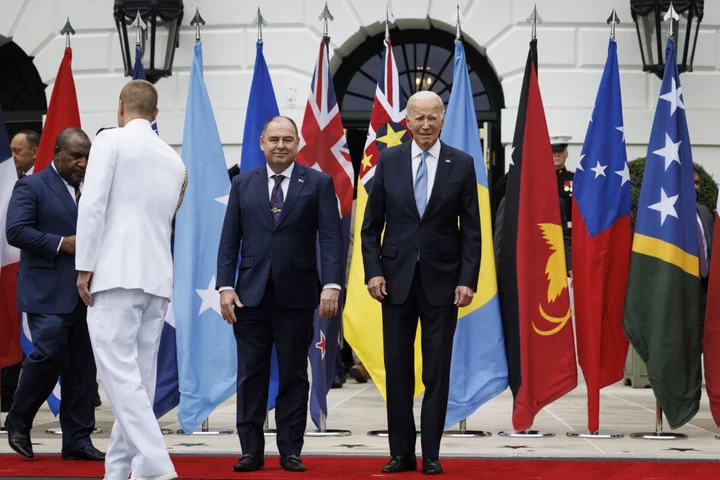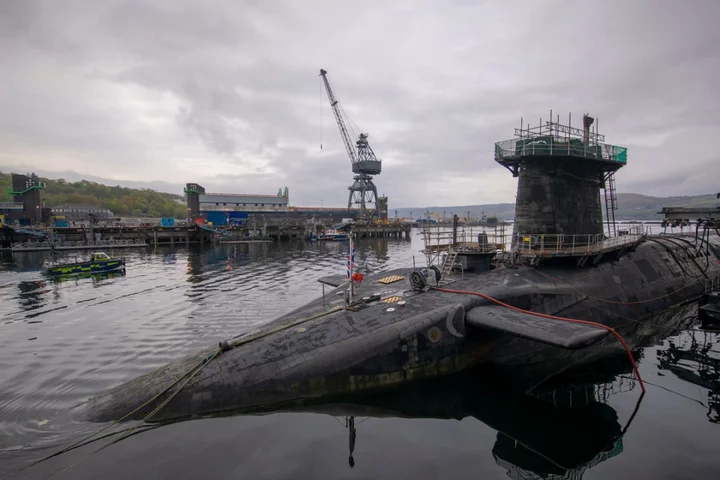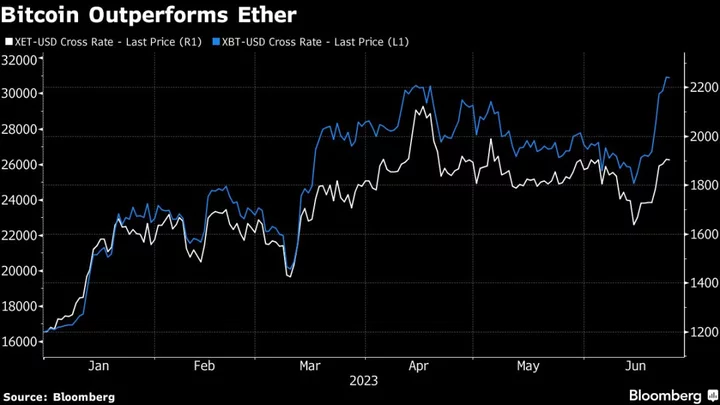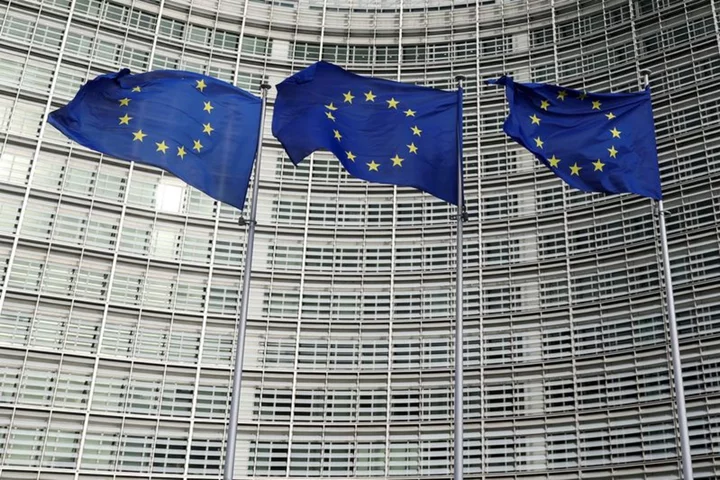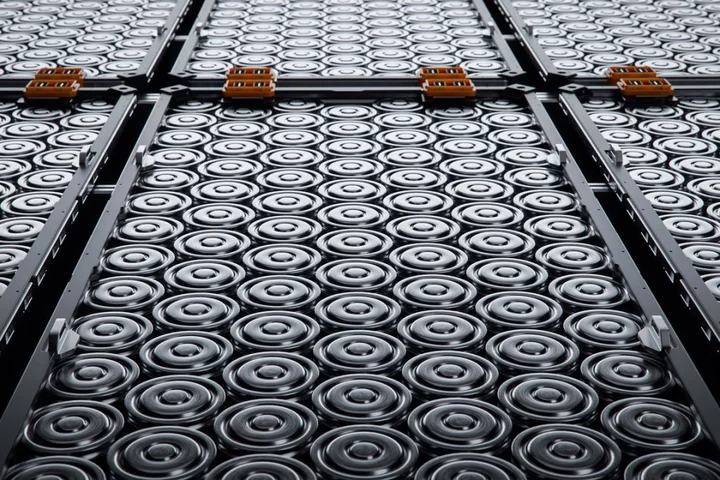The world’s two largest powers will descend on the small Pacific nation of the Cook Islands this week as they compete for influence at the region’s largest annual forum, even as the island-bound nations push the world to move faster in tackling climate change.
Both the US and China have delegations at the 52nd Pacific Island Forum that began Monday in the main island of Rarotonga, more than 4,800 kilometers (3,000 miles) east of Australia. The leaders’ meetings begin Wednesday on the atoll of Aitutaki. The US is led by its Ambassador to the UN Linda Thomas-Greenfield and China by its envoy to the Pacific, Qian Bo.
A total of 18 countries are represented at the Pacific Islands Forum, largely small nations with populations under 1 million people. Many are strategically located, traversing key transportation links, while military bases on these islands could prove decisive in an armed conflict between China and the West.
They also hold votes at the United Nations, and as a result are increasingly being courted individually by Beijing and Washington.
But Surangel Whipps Jr, president of the Pacific nation of Palau, said the region’s countries were “stronger together,” and the presence of powerful nations at the forum demonstrated the importance of the regional bloc. Whipps said the forum would focus on peace, prosperity and the need to address the region’s greatest threat — climate change.
Speaking to Bloomberg on the sidelines of the summit, Whipps said he hoped the US and China would focus on those topics as well. “Because that’s why we’re here. And no other reason,” he said.
Pointedly, the Pacific nations have chosen a defiant catchphrase for their 2023 summit — “Our Voices, Our Choices, Our Pacific Way.”
Diplomatic Push and Pushback
The US and its diplomatic allies have been longtime partners of the Pacific, with Australia a member of the forum since its earliest iteration in the 1970s. However, Western nations were shocked in early 2022 when the Solomon Islands announced it had signed a security agreement with the Chinese government.
China had steadily been building its presence in the Pacific through diplomacy and development assistance for decades. However, a draft version of the agreement revealed that Chinese navy warships could be based just 2,000 kilometers (1,200 miles) off the Australian coastline.
Since then, Australia and the US have ramped up their presence in the Pacific, with multiple visits by senior leaders from Canberra and the opening of several new American embassies. US President Joe Biden has now twice hosted all the heads of Pacific nations at the White House.
Meg Keen, director of the Pacific Island Program at the Lowy Institute think tank, says the pushback against the growing strategic competition in the region was “front and center” at this year’s forum.
“They’re tired of it, they don’t want it, they want their priorities before geopolitical priorities,” she said.
Foremost among those is climate change, with Australia expected to be pushed by other members of the Pacific Islands Forum to move faster on action to tackle emissions.
Speaking to reporters on Monday, Prime Minister Mark Brown of the Cook Islands said the Pacific nations contribute less than 0.03% of the world’s carbon emissions but disproportionately face the consequences from rising temperatures, from shoreline erosion, rising sea levels and worsening storms.
“Many of these islands nations, the people don’t have anywhere to go, you cannot evacuate, you just have to hunker down,” he said.
Several senior Pacific leaders are missing from the 2023 Forum, most notably newly-elected New Zealand Prime Minister Christopher Luxon. Solomon Islands Prime Minister Manasseh Sogavare is also not in attendance, as well as Papua New Guinea Prime Minister James Marape, leader of the largest Pacific nation.
When asked about the absences by Bloomberg, Fiji Prime Minister Sitiveni Rabuka downplayed the importance, pointing out all the missing leaders had sent representatives. “It’s no show of disrespect,” he said.

